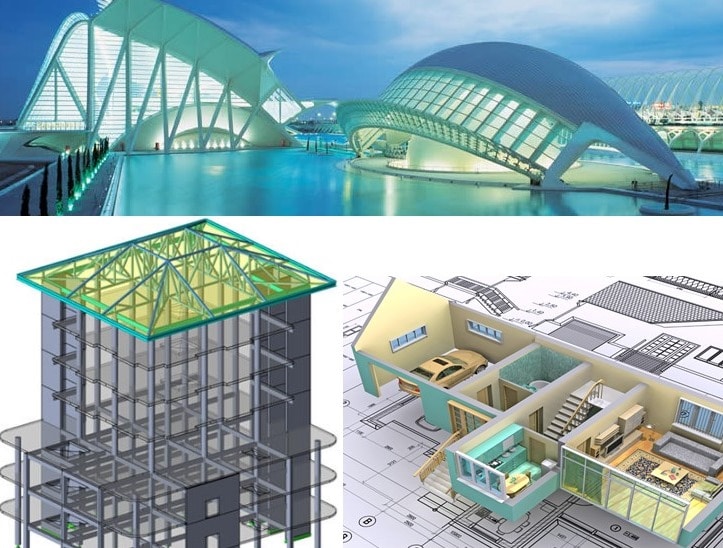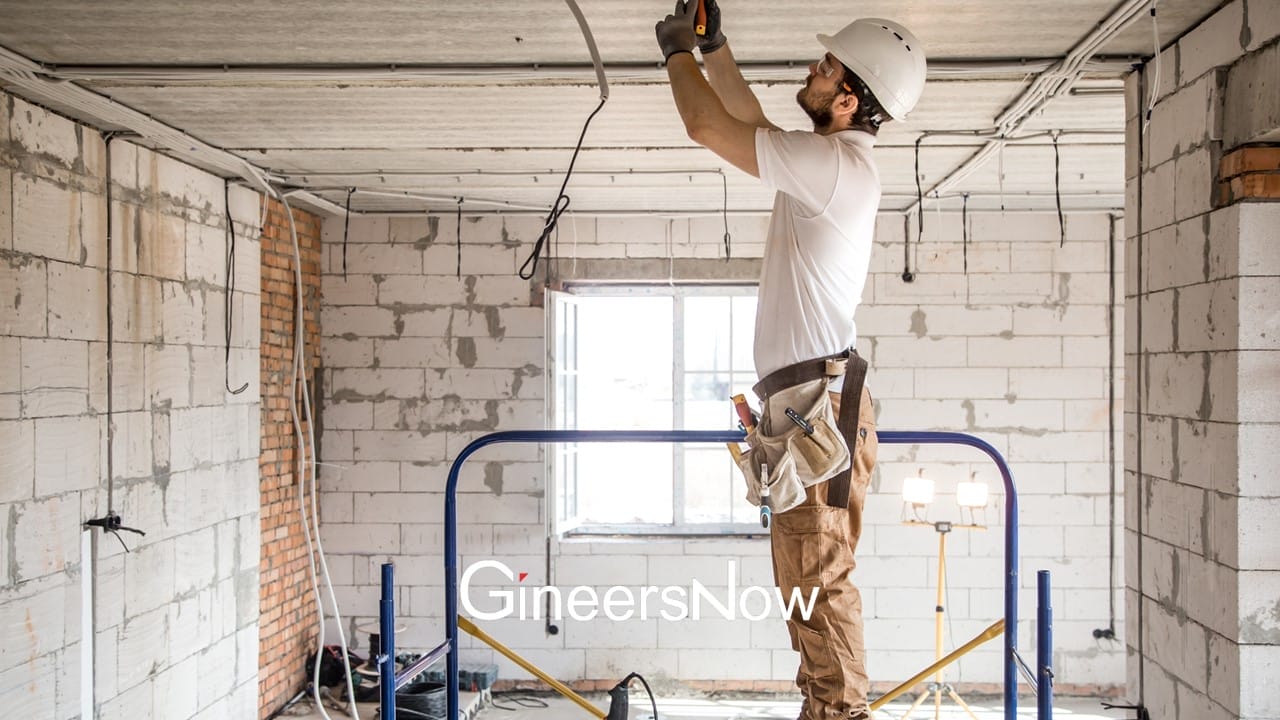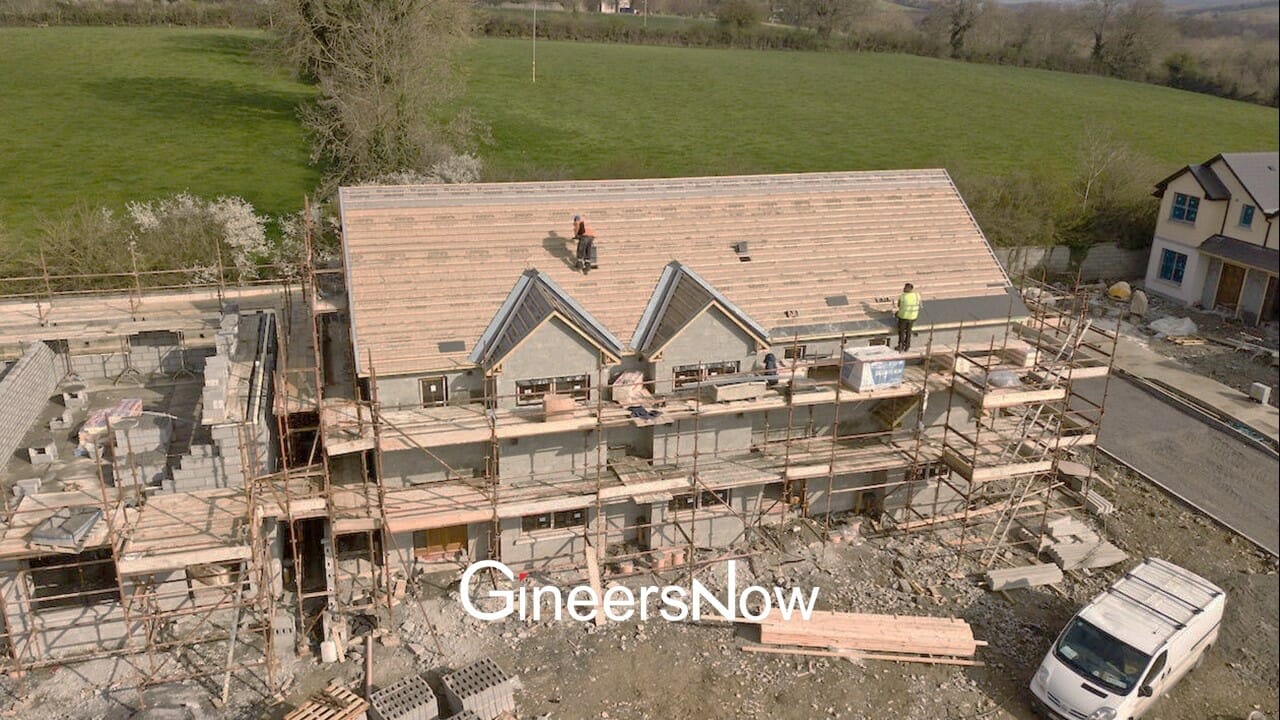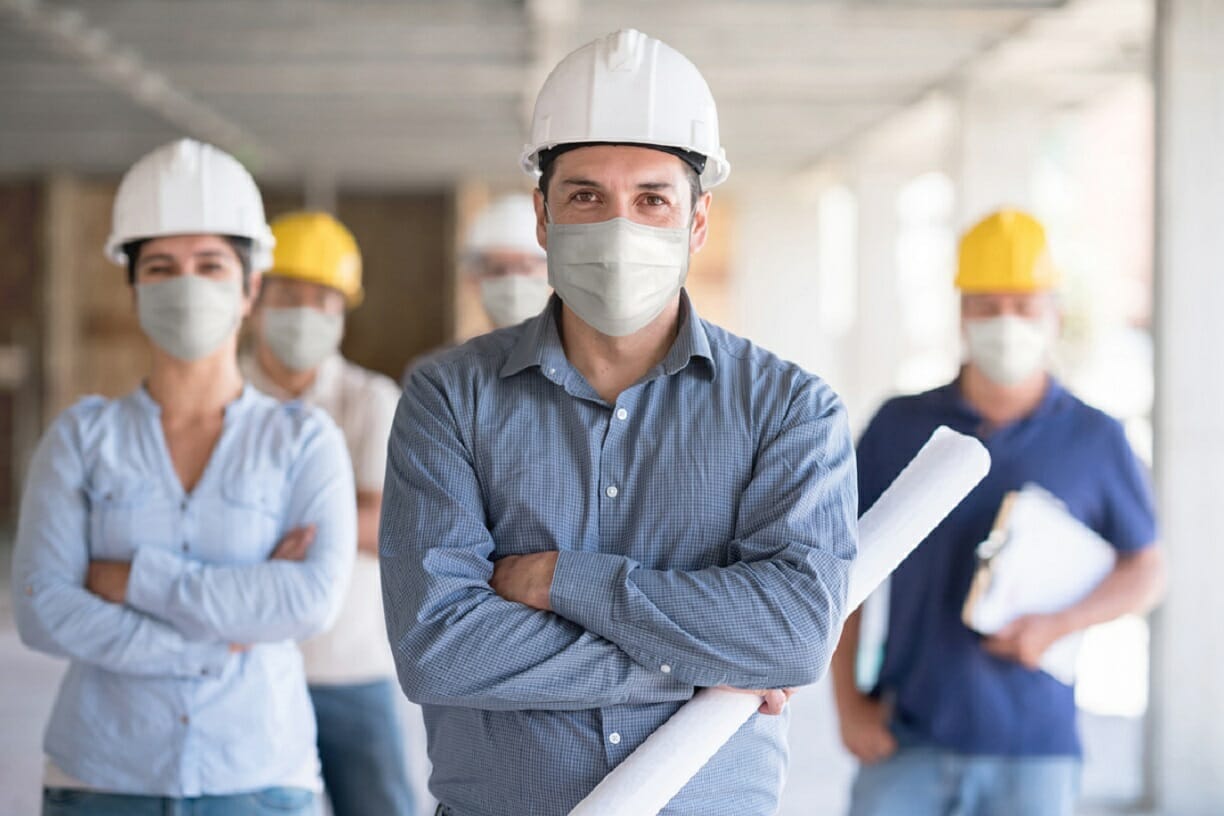Here’s the latest structural design standards.
When civil engineers design structures, there are necessary codes and standards that need to be followed which depend in the area of construction. In the U.S., there is the American Society of Civil Engineers (ASCE) that sets these standards, often the reference of most structural codes in the world.

Although different in some terms and values, codes that structural design engineers follow have provisions in seismic, wind and flood hazards in their calculations. And it appears that this will have to be updated as ASCE has developed a new inclusion: tsunami hazards.
Known as ASCE 7-16, the new chapter in design codes applies to steel-reinforced concrete buildings in “inundation zones,” and doesn’t include wood-frame structures. It was initiated months before the March 2011 earthquake and tsunami that hit Japan, but was inspired more for future tsunamis that may hit similar zones. Oregon State University’s O.H. Hinsdale Wave Research Laboratory and one of about 20 engineers in the ASCE subcommittee contributed into and developed the tsunami standards.

The new chapter of standards is good for six years and will become part of the International Building Code. Design engineers in the U.S. have the option to adopt new codes entirely, partially, modified, or not at all. It can also be used in retrofit projects.
According to Dan Cox of Oregon State University, a professor of civil and construction engineering in the OSU College of Engineering, the new standards will add some expense to the cost of a two- or three-storey building, but it will be relatively small. He said that when a building is made to be twice as strong, it doesn’t cost twice as much.















